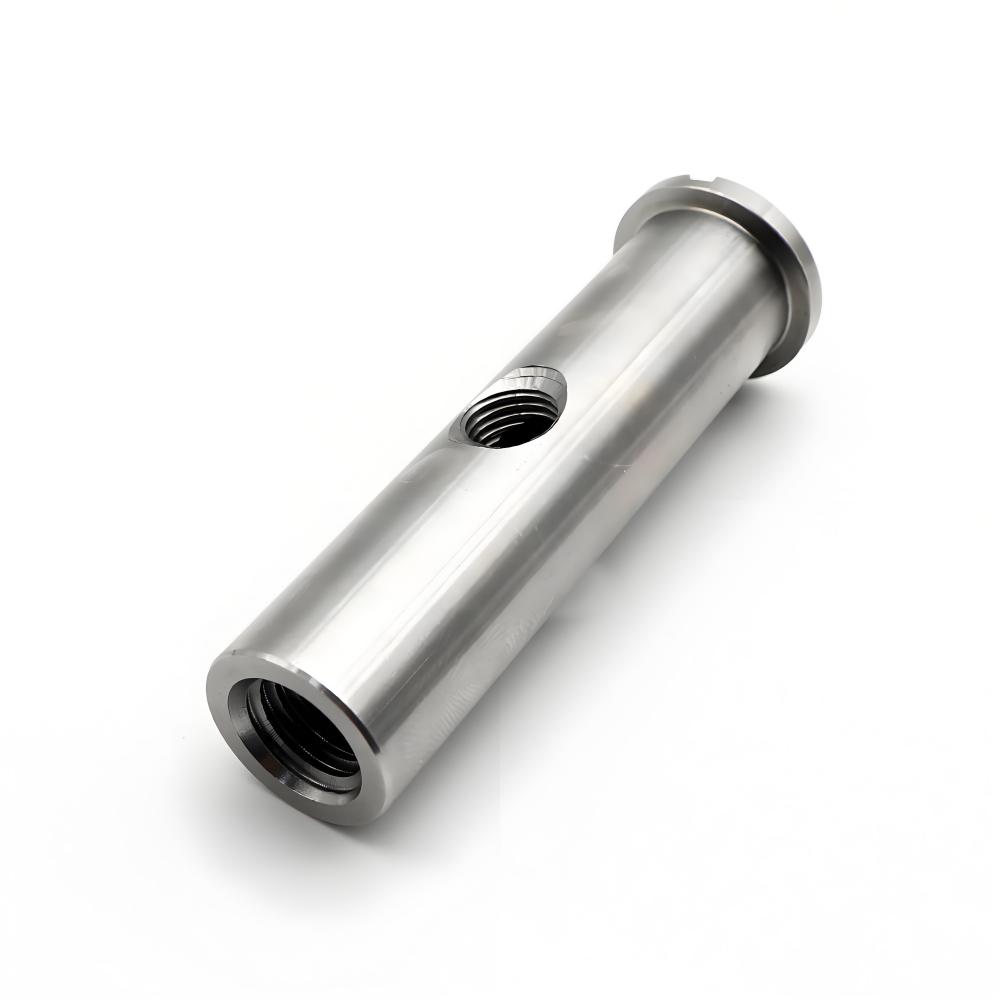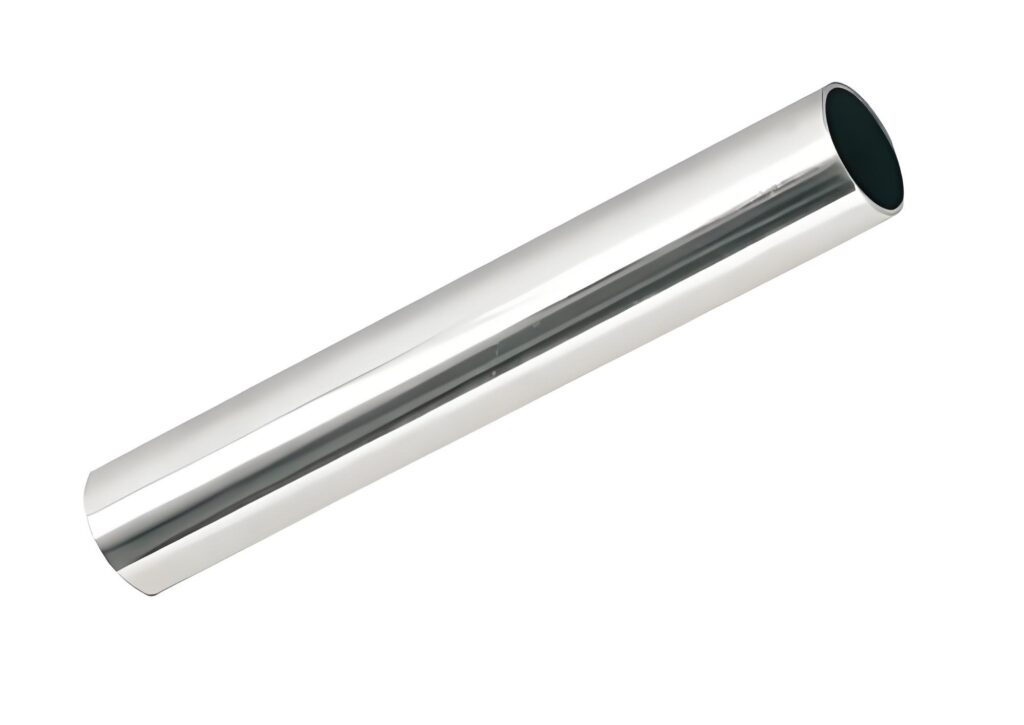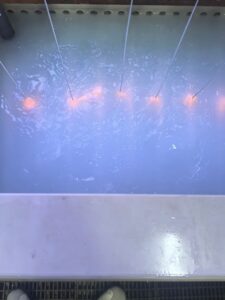When manufacturing precision metal parts, material selection determines the balance between performance, cost, and durability. Among the martensitic stainless steels, 420 stainless steel has earned a strong reputation for offering high hardness, dependable wear resistance, and good machinability — all at an affordable price point. These properties make it a popular choice across industries ranging from medical devices to industrial tooling.
At Precionn, we work extensively with 420 stainless steel to produce components that meet exacting tolerances and functional requirements for OEM and industrial customers throughout the U.S.
What Is 420 Stainless Steel?
420 stainless steel is a martensitic stainless alloy in the 400 series. It contains a relatively high carbon content, which allows it to be heat treated for exceptional hardness and edge retention. Once hardened, it combines mechanical strength with moderate corrosion resistance — making it a go-to option for cutting tools, surgical instruments, and industrial machinery parts.

While not as corrosion-resistant as austenitic grades like 304 or 316, 420 offers the strength, precision, and cost efficiency needed in many high-performance mechanical applications.
Why Manufacturers Choose 420 Stainless Steel?
For B2B buyers sourcing precision components, 420 stainless steel offers a well-balanced property set that fits both technical and budget requirements:
- High hardness and wear resistance after heat treatment
- Good corrosion resistance in mild or controlled environments
- Excellent polishability for hygienic or decorative finishes
- Good machinability in the annealed condition
- Lower material cost compared to premium alloys such as 440C or 316
These advantages make 420 stainless steel a smart material choice for precision parts used in medical, tooling, defense, and consumer manufacturing sectors.
Chemical Composition
The alloy’s performance depends on its carefully balanced composition:
| Element | Typical Content | Function |
|---|---|---|
| Chromium | 12–14% | Provides corrosion and oxidation resistance |
| Carbon | 0.15–0.40% | Enables high hardness and strength after heat treatment |
| Manganese | ≤1.0% | Enhances machinability and strength |
| Silicon | ≤1.0% | Improves structural integrity and casting performance |
| Phosphorus | ≤0.04% | Improves machinability in small amounts |
| Sulfur | ≤0.03% | Aids machining performance |
| Iron | Balance | Structural base element |
This balance gives 420 stainless steel its ability to maintain precision under stress and wear — a key requirement in tight-tolerance machining.
Key Mechanical Properties
When properly heat treated, 420 stainless steel achieves an impressive set of mechanical properties:
- Hardness: Up to 50–55 HRC
- Tensile Strength: 700–1000 MPa
- Yield Strength: 450–800 MPa
- Elongation: 12–15%
- Density: ~7.75 g/cm³
- Modulus of Elasticity: ~200 GPa
- Magnetic: Yes (due to martensitic structure)
These traits enable reliable performance under load, impact, and wear conditions — critical for industrial and mechanical assemblies.
Heat Treatment Process
One of 420 stainless steel’s biggest advantages is its ability to be tailored through heat treatment. The process includes three main stages:
- Annealing (Softening for Machining)
Heated to 840–900°C (1544–1652°F) and cooled slowly in the furnace, producing a soft structure suitable for machining. - Hardening (Maximizing Strength)
Heated to 980–1050°C (1796–1922°F) and quenched in oil or air. This forms a martensitic structure that achieves high hardness. - Tempering (Improving Toughness)
Reheated to 150–370°C (302–698°F) and cooled in air to balance strength and toughness while reducing brittleness.
At Precionn, these treatments are performed in controlled environments to ensure consistent hardness and dimensional accuracy across production batches.
Typical Applications

420 stainless steel is widely used for precision parts that require both wear resistance and dimensional stability. Common applications include:
- Cutlery and blades – kitchen, surgical, and industrial cutting tools
- Surgical instruments – scalpels, forceps, and sterilizable tools
- Industrial machinery – shafts, valves, gears, and bearing components
- Molds and dies – ideal for injection molding or stamping tools
- Defense and firearm components – parts requiring durability and precision
Its versatility makes it a reliable option across multiple industries that demand both performance and cost control.
Machining and Finishing Considerations
420 stainless steel machines best in the annealed state. To ensure accuracy and surface quality:
- Use sharp tooling and adequate coolant to prevent work hardening.
- Re-harden and temper after machining to restore mechanical strength.
- Finishing operations, including polishing and passivation, can enhance both appearance and corrosion resistance.
Precionn’s advanced CNC machining and precision finishing capabilities ensure every 420 stainless steel part meets exact customer specifications — from prototype to full production.
Advantages and Limitations
Advantages
- High strength and wear resistance
- Cost-effective alternative to higher-grade stainless steels
- Excellent polish finish and surface appearance
- Magnetic properties useful for specific assemblies
Limitations
- Only moderate corrosion resistance (not suitable for marine or acidic conditions)
- Reduced toughness when fully hardened
- Not ideal for continuous use above 400°C (752°F)
For applications exposed to harsher environments, Precionn’s engineering team helps customers evaluate other grades such as 440C, 304, or 316.
Conclusion
For manufacturers seeking reliable, high-performance precision parts, 420 stainless steel remains one of the most versatile materials available. It offers a balance of strength, machinability, and corrosion resistance at a practical cost — making it ideal for industries that rely on tight tolerances and consistent quality.
At Precionn, we specialize in precision machining of 420 stainless steel components for demanding applications. Whether you need custom prototypes or volume production, our expertise ensures every part meets exacting specifications and long-term performance standards.
Contact Precionn to learn how our stainless steel machining capabilities can support your next project with precision, consistency, and value.




